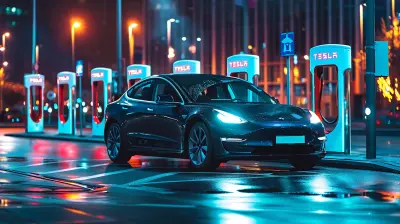The Future of Drone Technology: What’s Next in Flight Innovation
25 July 2025
Drones have taken the world by storm, revolutionizing industries from photography to agriculture and even emergency response. But what’s next for these flying marvels? As technology advances at breakneck speed, drone innovations are pushing the boundaries of what’s possible. From AI-powered autonomy to futuristic delivery systems, the future of drone technology is set to redefine the sky.
So, let’s dive into what lies ahead for drones and how they’re shaping the future of flight.
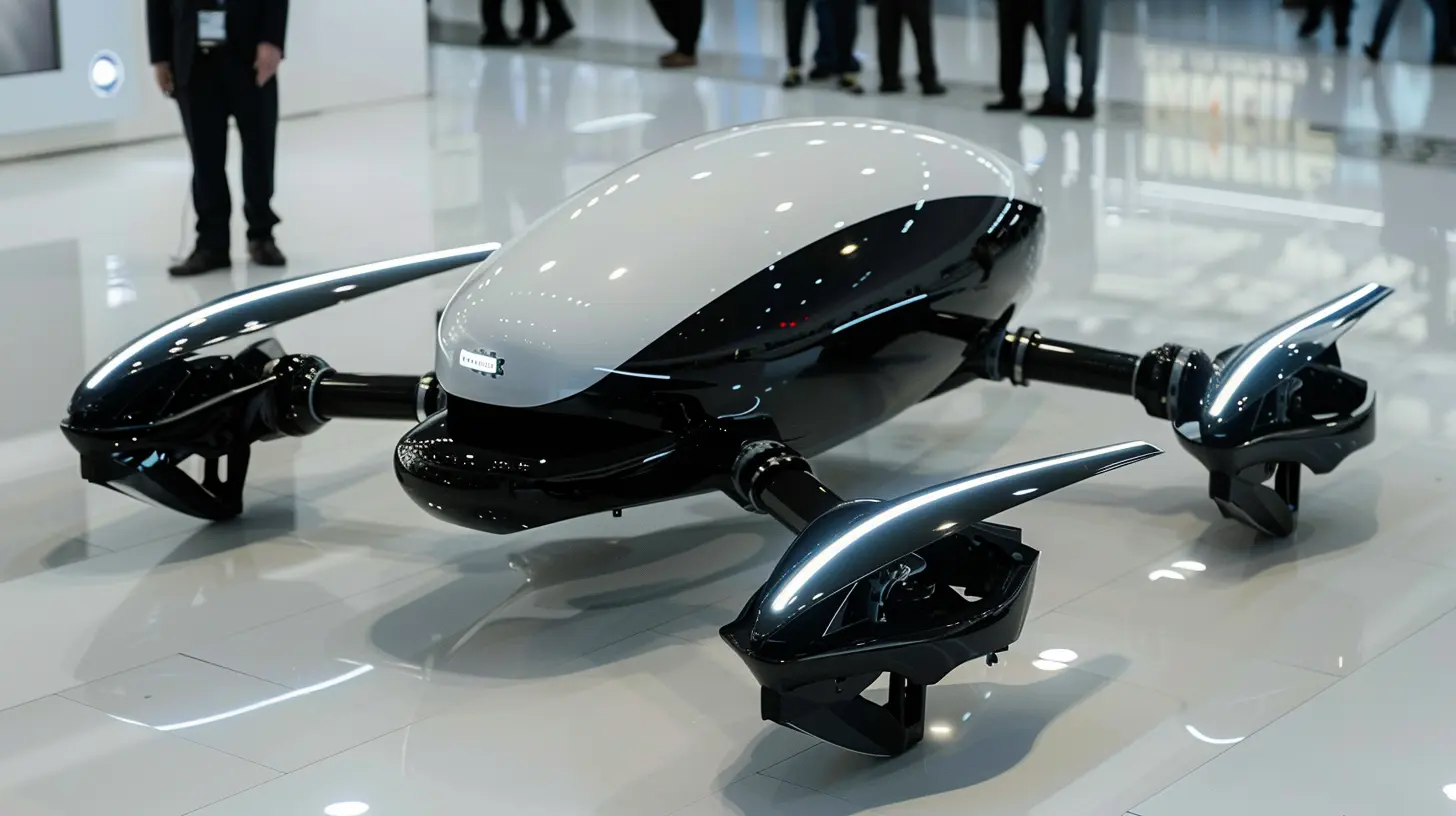
The Evolution of Drone Technology
Before we peek into the future, let’s take a quick look at how drones have evolved.Initially developed for military purposes, drones have expanded into commercial and consumer markets. Today, they’re used for photography, surveillance, delivery services, and even environmental monitoring. And with advancements in artificial intelligence, machine learning, and battery technology, these flying robots are becoming smarter, faster, and more efficient than ever.
But the real question is: What’s next?
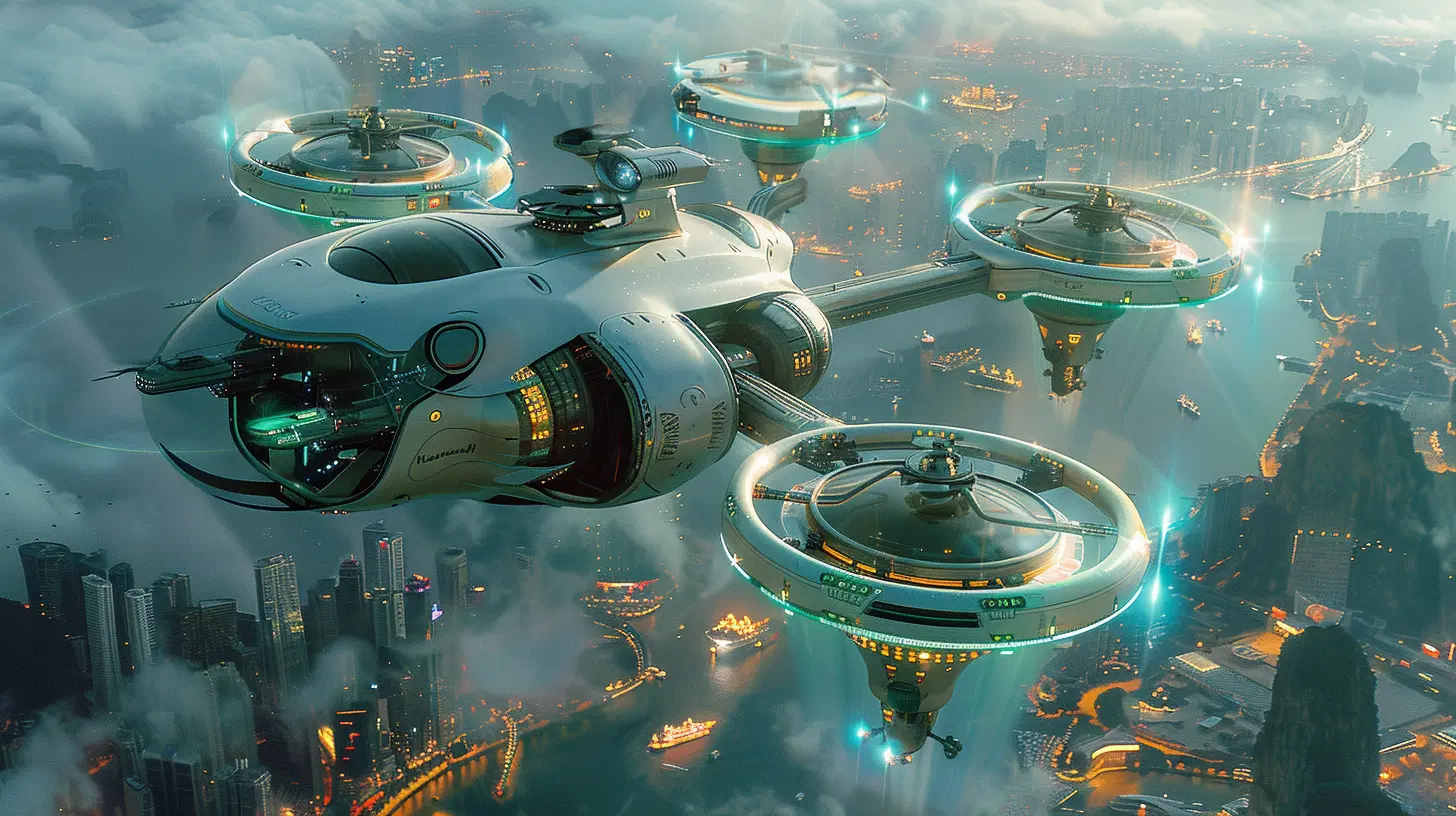
1. AI and Autonomy: Smarter Drones Are Taking Over
Imagine drones that don’t need human intervention. Sounds like something straight out of a sci-fi movie, right? Well, not anymore.AI-Powered Flight
Artificial Intelligence (AI) is transforming drones from remote-controlled gadgets into autonomous aerial vehicles. AI-driven drones can:- Navigate without GPS: Using advanced sensors, they can detect and avoid obstacles in real time.
- Perform complex tasks: From surveying construction sites to tracking wildlife, all without human input.
- Respond to changing environments: Think of a drone dodging birds mid-flight or rerouting due to bad weather.
Computer Vision and Machine Learning
Drones equipped with computer vision can recognize objects, people, and even facial expressions. This is already being used for security surveillance and rescue missions. Machine learning algorithms allow drones to learn from past experiences, improving their efficiency over time.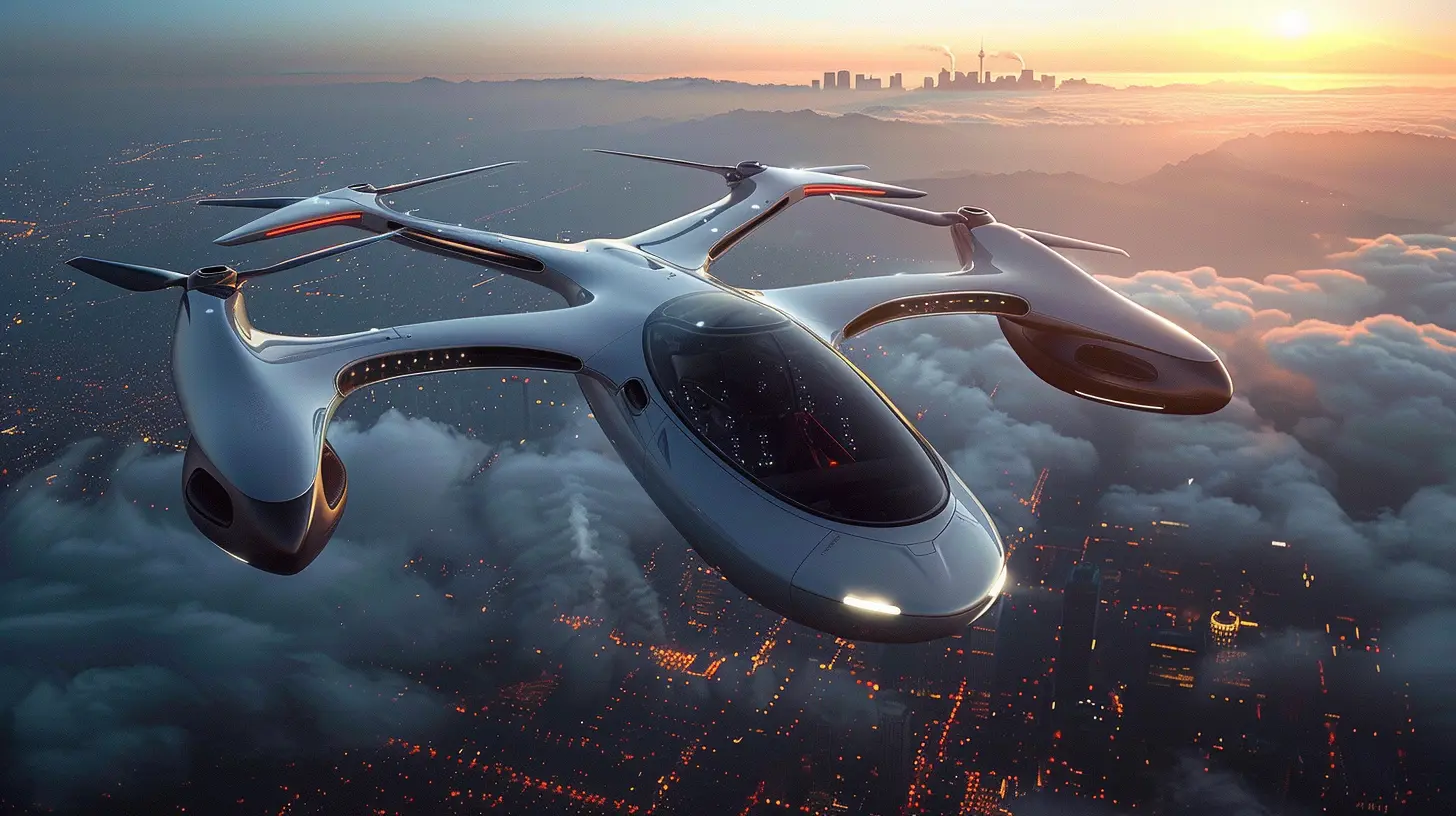
2. Drone Delivery: The Future of Logistics
Remember the first time you ordered something online and thought, "Wouldn’t it be cool if this arrived within minutes?" Well, drone deliveries are making that dream a reality.How Drone Deliveries Are Changing the Game
- Speedier deliveries: No more waiting days for a package—drones can deliver within hours or even minutes.- Reduced traffic congestion: No delivery trucks clogging up the roads.
- Eco-friendly solutions: Battery-powered drones reduce carbon footprints compared to traditional delivery vehicles.
Companies like Amazon, UPS, and Wing (backed by Google) are already testing drone deliveries. And with improved regulations, it won’t be long before drones become your next delivery guy.
But what about larger packages? Engineers are working on bigger, more powerful drones that can lift heavier loads—imagine receiving your groceries or even furniture via drone!
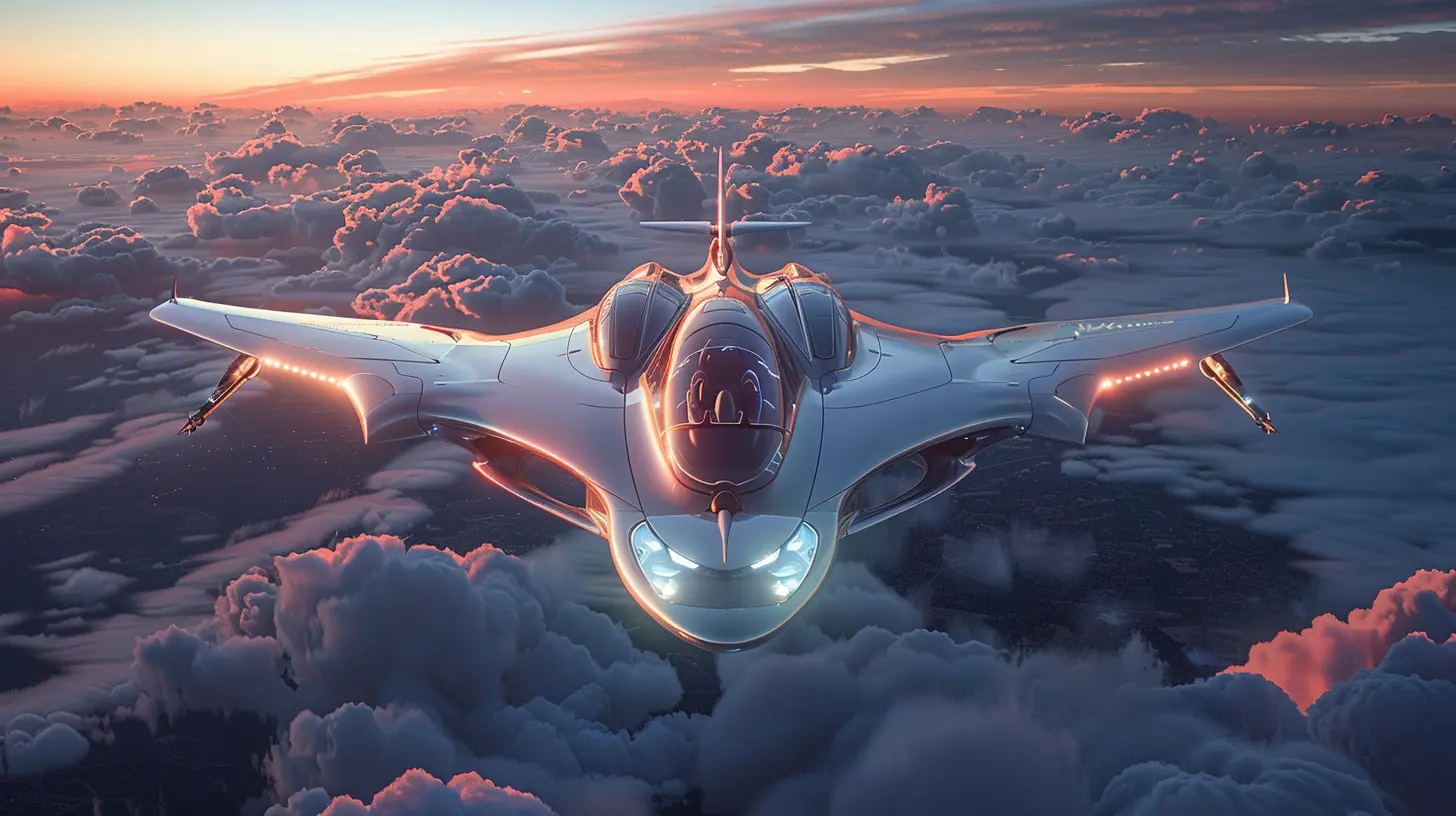
3. Urban Air Mobility: Flying Taxis and Passenger Drones
If someone told you a decade ago that flying taxis would be a thing, you’d probably have laughed it off. But here we are—on the brink of an aerial revolution.eVTOLs: The Future of Urban Transport
Electric Vertical Takeoff and Landing (eVTOL) aircraft are essentially giant drones designed to transport people. Companies like Joby Aviation and Volocopter are already testing these futuristic flying taxis.How will passenger drones impact our lives?
- Faster commutes: Skip the traffic and fly directly to your destination.
- Lower carbon emissions: eVTOLs run on electric power, making them greener than conventional transport.
- Less noise pollution: Advanced rotor designs make them significantly quieter than helicopters.
While we’re still a few years away from commercialized flying taxis, the technology is maturing rapidly. It won’t be long before you book an air taxi just like an Uber.
4. Advanced Drone Swarms: The Rise of Coordinated Flight
Ever seen a flock of birds moving in perfect sync? Drone swarms work just like that, but with precise algorithmic coordination.How Drone Swarms Will Change Industries
- Disaster response: Swarm drones can quickly map disaster zones and locate survivors.- Military applications: They can perform surveillance missions and overwhelm enemy defenses.
- Entertainment: Drone light shows have already replaced fireworks in many events.
These swarms operate using AI algorithms that allow them to communicate, avoid collisions, and complete complex tasks together. As swarm technology improves, expect to see more drones working in harmony to tackle real-world challenges.
5. Extended Battery Life and Wireless Charging
One of the biggest limitations of drones today is battery life. Most consumer drones can only fly for 20-30 minutes before needing a recharge. But that’s about to change.Breakthroughs in Battery Tech
- Solid-state batteries: These offer higher energy density and longer flight times than traditional lithium-ion batteries.- Solar-powered drones: Some prototypes can fly for months using solar energy, eliminating the need for frequent charging.
- Hydrogen fuel cells: These provide longer endurance, allowing drones to stay airborne for hours.
Wireless Drone Charging
Imagine drones that never need to land for recharging. Wireless charging pads and mid-air charging stations are being developed to keep drones in the air 24/7. This could be a game-changer for industries like security and logistics, where drones need to operate uninterrupted.6. 5G and Beyond: Faster, More Reliable Connectivity
With the rise of 5G, drone communication is getting a massive boost. Faster data speeds and lower latency mean:- Real-time video streaming: High-quality aerial footage without lag.
- Improved remote control: More precise, stable connections with pilots.
- Enhanced AI capabilities: Drones can process and analyze data faster than ever.
In the future, even 6G could enable swarm intelligence, where multiple drones collaborate seamlessly on complex tasks.
7. Regulations and the Future of Drone Laws
With all these advancements, one critical aspect remains: regulations. As drones become more commonplace, governments worldwide need to create laws to ensure:- Safe airspace management
- Privacy protection
- Noise and environmental compliance
The good news? Many governments are actively working on drone-friendly policies, paving the way for widespread adoption.
Closing Thoughts
The future of drone technology is nothing short of extraordinary. From AI-driven autonomy to flying taxis and drone deliveries, the sky is literally the limit. While challenges like battery life and regulations still exist, innovation is rapidly overcoming these barriers.So, whether you’re a drone enthusiast or just someone curious about futuristic tech, keep an eye on the skies—because the next big revolution is taking flight.
all images in this post were generated using AI tools
Category:
DronesAuthor:

Vincent Hubbard
Discussion
rate this article
1 comments
Christopher McInerney
Sure, drones are cool, but until they start delivering my coffee with a side of sass, I’m not convinced we’ve truly reached the future. Step it up, tech world!
August 14, 2025 at 4:16 AM

Vincent Hubbard
I hear you! While drones are impressive, adding a little personality to their delivery would definitely take tech to the next level. Who wouldn’t want a sassy coffee delivery?
